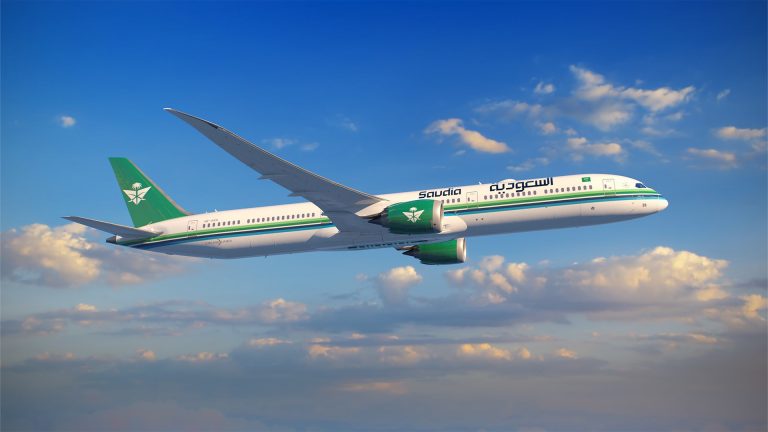Saudi Arabia Welcomes New Budget Airline to Its Aviation Sector

The recent announcement of a new low-cost airline based in Dammam marks a strategic initiative in Saudi Arabia’s national transformation, aligning with the broader goals of Vision 2030.
To get job news and latest updates of KSA, join us on WhatsApp.
Strategic Importance
- Economic Diversification: The new airline is a key player in diversifying the economy and enhancing tourism potential.
- Passenger Traffic Goals: Saudi Arabia aims to triple annual passenger traffic to 330 million by 2030 and attract 150 million visitors annually. This requires a robust network of domestic and regional routes beyond just Riyadh and Jeddah.
Like our Facebook page to get job vacancies and updates in KSA
Dammam as a Launch Pad
- King Fahd International Airport: As the third largest airport in Saudi Arabia, it serves as the main aviation hub for the Eastern Province.
- Connectivity Multiplier: The airline can link underserved Tier-2 and Tier-3 cities (like Abha, Jazan, and Tabuk) and nearby Gulf capitals (such as Doha, Manama, Kuwait City, and Sharjah).
Growing Passenger Demand
- Domestic Air Travel Surge: Over 62 million passengers traveled domestically in 2023, surpassing pre-pandemic levels.
- Religious Tourism Expansion: New visa schemes like the eVisa and stopover visa have made Umrah and pilgrimage travel more accessible.
- Leisure Tourism Growth: Giga-projects such as NEOM, the Red Sea, and AlUla are driving new travel patterns, necessitating affordable air links.
Market Dynamics
- Existing Competition: While the market already includes Flynas, flyadeal, and international low-cost carriers, the growth of the regional aviation pie is not a zero-sum game.
- Population and Preferences: Saudi Arabia’s population is nearing 35 million, with a significant portion under 35. There is a rapid shift toward low-cost travel, supported by rising discretionary income.
Infrastructure Investments
- Airport Modernization: The General Authority of Civil Aviation (GACA) is investing over SR50 billion in airport upgrades, facilitating low-cost growth.
- Public-Private Partnerships: These initiatives are attracting operational expertise and capital, addressing previous bottlenecks.
Strategic Partnerships
- Airline Joint Ventures: The new airline’s partnership structure, involving Air Arabia, KUN Investment Holding, and Nesma, reflects a mature Gulf aviation strategy.
- Successful Models: Air Arabia’s success in similar ventures across the region enhances credibility for this approach.
Lessons from the Industry
- Regional Alignment: The recent exit of Wizz Air from Abu Dhabi serves as a reminder that successful low-cost carriers must be regionally grounded.
- Operational Strategy: A carrier attuned to Gulf realities—through cost base, fleet strategy, and operational rhythms—can thrive.
Saudi Arabia’s new budget airline initiative is a calculated move aligned with national strategy. Positioned in Dammam, it has the potential to energize the Eastern Province, enhance regional connectivity, and support the Kingdom’s tourism-driven economic transformation. Success will depend on rigorous cost management, local responsiveness, and operational excellence.
Join us on Whatsapp and follow us on Facebook to get latest updates you need in KSA.
Read More:
- Walk-In-Interview in Qatar: Security Guard Positions Available on August 1st & 2nd
- Qatar Airways is Hiring Technician for Their Engineering Department in Doha, Qatar
- Saudi Riyal Exchange Rate Today: July 29, 2025
- Saudi Arabia Sets New Skill-Based Work Visa System
- Room Attendant Position Available at Swissôtel Corniche Park Towers Doha Hotel in Qatar
Gulf Trick







